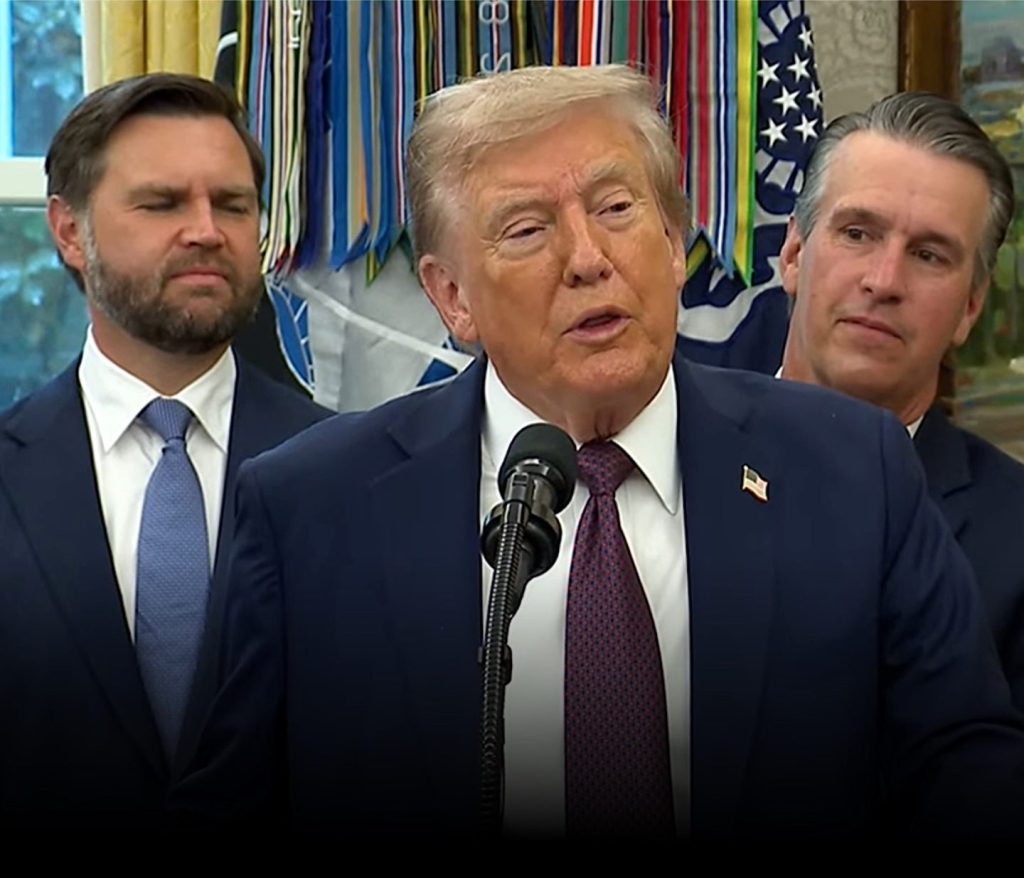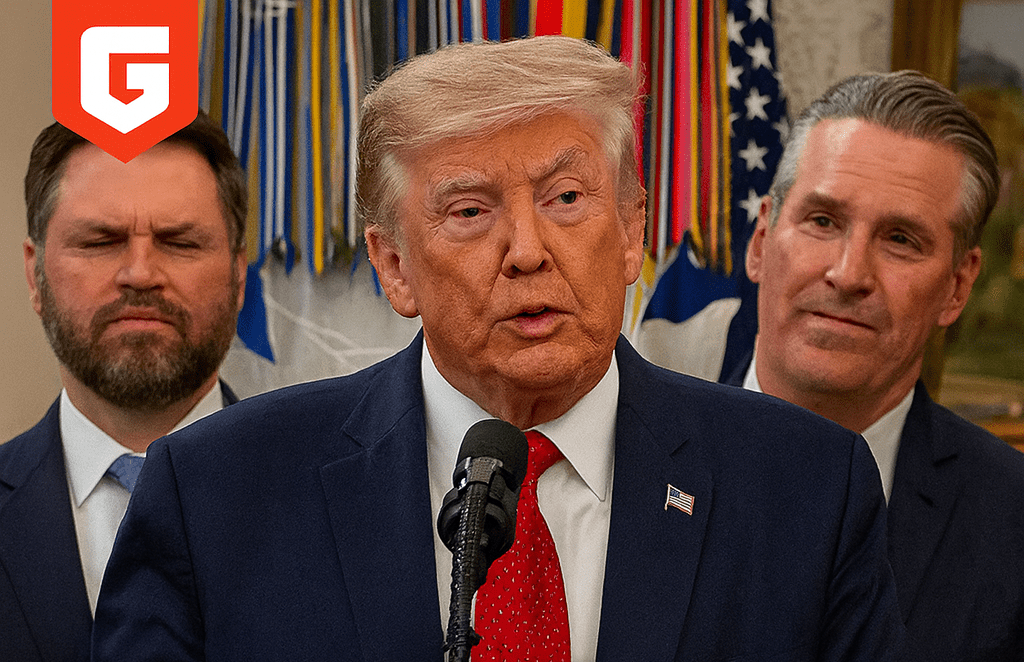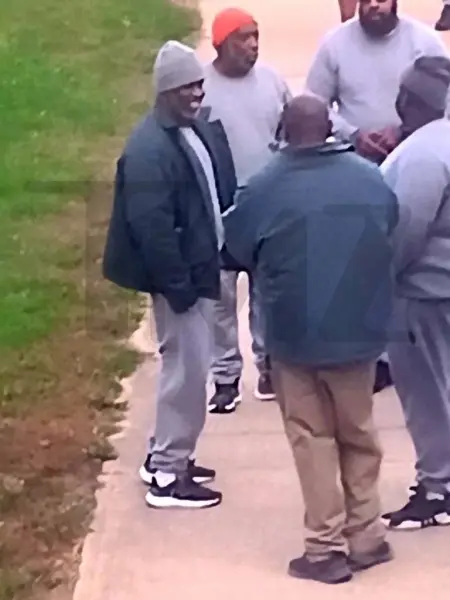Donald Trump Reacts Live to Internet Rumors Claiming He Had Passed Away
Over the past few days, the internet has been buzzing with one of the strangest rumors imaginable: claims that Donald Trump had died. It spread across social media platforms like wildfire, turning into a full-blown trend before any facts could catch up. For many, it was shocking to see such news appear on their timelines, and for others, it was confusing and unsettling. Even in an age where misinformation is nothing new, this rumor stood out because of how quickly and how loudly it took over the conversation.
It all started during Trump’s brief absence from the public eye. In today’s fast-moving digital world, even a few days out of sight can create suspicion. Photos of Trump’s hand, showing bruising and discoloration, added fuel to the fire. Almost instantly, people tied the images to health concerns, imagining the worst possible scenarios. Conspiracy theories filled the gap left by silence, and before long, hashtags about Trump’s “death” began trending worldwide.
When Trump finally appeared in front of the cameras, it was a surreal moment. Standing at a podium, surrounded by close allies, he addressed the chaos directly. He looked alive and well, speaking firmly as he dismissed the speculation as nothing more than fake news. With a tone that carried both disbelief and irritation, he pointed out how dangerous and irresponsible such rumors could be. The moment served as a reminder of how quickly misinformation can spread, and how powerful a live appearance can be in silencing it.
Trump didn’t just deny the rumors—he leaned into the drama with his trademark flair. At his golf club and later on his Truth Social platform, he wrote that he had “never felt better in his life,” adding a mix of humor and defiance to the situation. Supporters took comfort in seeing him back on camera, while critics were reminded of how unpredictable the media landscape has become. Regardless of political affiliation, the episode revealed how fragile truth can be when shaped by online chatter rather than verified reporting.
Officials also stepped in to provide clarity. The bruise, according to explanations, was the result of routine handshakes combined with the use of aspirin. Reports about swelling in his ankles were attributed to a common and manageable medical condition. These explanations might have been enough under normal circumstances, but by the time they were offered, the narrative had already spiraled far beyond control. The damage had been done, and only Trump’s live presence could truly settle the matter.
What made the moment memorable was not just the denial itself, but the broader lesson it carried. We live in a time where absence is quickly filled with speculation, and speculation is amplified into trending topics before anyone pauses to confirm. A few photos and a weekend away from the spotlight were enough to make millions believe a story that had no basis in reality. It was a powerful reminder that truth in the digital age is fragile and requires constant effort to defend.

In the end, Trump’s reaction was exactly what people needed to see to put the matter to rest. His appearance, his tone, and even his humor provided reassurance. It may go down as one of those strange internet-driven moments where rumor overtook reality, only to collapse under the weight of a single live appearance.


